Porsche’s beefed-up Panamera redefines the term ‘muscle car’: Stephen Corby review
The exceptional Panamera G3 feels like a proper Porsche that’s spent a lot of time in the gym, and perhaps at a pharmacy stealing steroids.
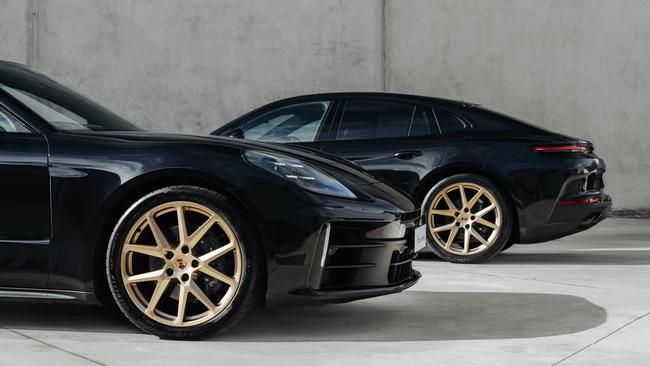
One of these days, Porsche will make a genuinely bad car, a stinker, and when they do, damn will I rip into them with weighted boxing gloves on each of my typing fingers.
People have often suggested to me, just before I headbutt them, that I’m somehow biased
towards Porsche, that I love them too much. That perhaps they are slipping me free 911s and
Boxsters, which I keep in a secret underground lair. I wish.
Partly it is a case of delayed gratification. My first boss and mentor, on The Canberra Times, would not let me near a Porsche of any kind (and back then, they really only made one kind, properly sporty ones), droning on like Yoda that I was “not ready”, nor “worthy”.
So I quit, and went to work for Motor magazine, which let me drive the Porsche Boxster S that won its Performance Car of the Year Award, and lo, it was everything I hoped it would be, and more.
When I finally drove a 911 for the first time, I wept, not only with joy but the pain of knowing I will never own one.
Over the years I have wanted to hate Porsche’s antithetical SUV range of Cayennes and Macans, but they are, of course, cussedly wonderful to drive. I had even higher hopes of hating the fat, lumpy Panamera when it was launched. I was also sure that anyone who desires a limousine-style vehicle like that surely doesn’t want to sit in the back hating how much fun their chauffeur is having, and thus it would fail.
More recently, I thought the existence of the similarly shaped Porsche Taycan EV would make the Panamera as redundant as Rishi Sunak’s speech writer is about to be, and yet here I am, in yet another new one.
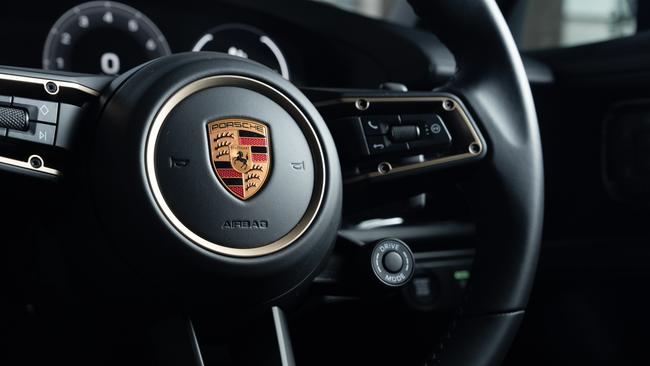
I was immediately disappointed by how good this third generation Panamera looks, with every
exterior panel, aside from the door skins, redesigned for this 2024 model. The sculpted bonnet
works, the rear end is wide yet still tidy and the air intakes in the face look sporting.
Previous versions have tried to look like a 911 and ended up resembling a pantomime horse, but this one finally nails the brief – it feels like a proper Porsche that’s spent a lot of time in the gym, and perhaps at a pharmacy stealing steroids.
It is still too hulking to be a genuine sports car, at more than 5m long and weighing over two
tonnes, but it manages to look like one.
The changes go deeper than looks, too, with the Panamera premiering Porsche’s first ever crack at active suspension, which they call Porsche Active Ride. When a company that’s already so brilliant at finding the balance between a pleasant, cushy ride and making you feel like your butt is actually interacting with the road surface puts its hive mind to something like this, you expect the results to be spectacular, and they are.
The Panamera can ride like a proper, luxobarge when you want it to, which is probably most of the time, but if you choose to reveal the Porsche within, it really does hunker down to the road and provide a properly engaging, exciting driving experience.
What properly boggles my mind is how the engineers have also managed to fit the car with the kind of pure, perfect steering that makes a 911, Boxster or Cayman feel so filled with tactile joy.
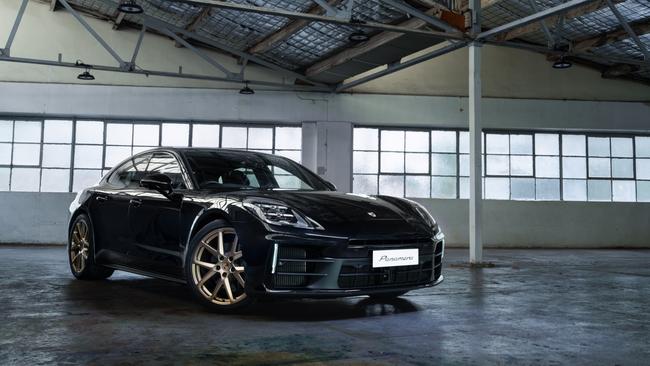
Something this heavy shouldn’t be capable of feeling so pointy and intense. Nor of changing
direction so effortlessly. I was driving the base model Panamera – more exciting E-hybrid and Turbo E-Hybrid models are also available – which makes do with a twin-turbo 2.9-litre V6 engine driving the rear wheels and making 260kW and 500Nm, enough for a top autobahn cruising speed of 272km/h and a launch to 100km/h in 4.8 seconds (the range-topping Turbo will smash that in 3.2 seconds).
I must admit that on the few occasions I actually got to explore its full potential, I did not for one moment wish for more power. The Panamera feels punishingly quick, particularly for something so large.
Speaking of big things, we come to the price, which, at a starting point of $236,900 doesn’t sound as frightening as I thought it might. But then I looked at the options fitted to my test car, like the massage function seats in the front (which you would have to go for, it has a Shiatsu setting for goodness sake) at $2200, the leather interior for $7470, a very pleasant sounding Sports Exhaust system for a less pleasant sounding $6470, and plenty more, which took the total to $282,800, which is more what I expected.
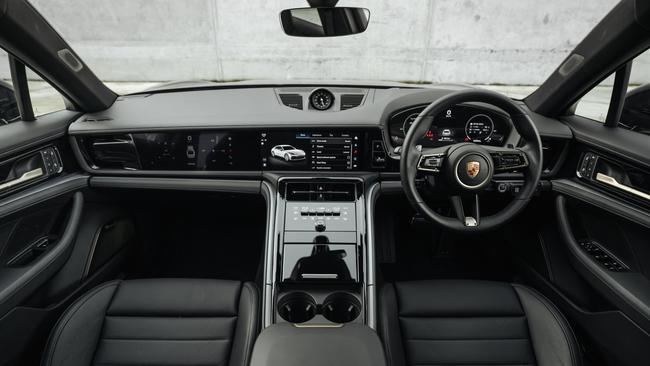
The one option that really blew me, and everyone else, away, though, was the $3140 Passenger Display, which, through some witch craft, is entirely invisible from the driver’s seat, yet clear and crisp to the person sitting beside you.
This means that once your child is old enough to sit in the front seat, they can sit up there with you and completely ignore you by streaming content to this screen, quite legally, because you can’t be distracted by it.
From a driver’s point of view, this is best described as annoying, but my children surely did love it. And the Panamera is, after all, the kind of car that’s at least theoretically designed to be driven in as much as it is to drive.
But truly, when it’s as typically and infuriatingly wonderful to drive as this new 2024 Panamera is, why would you ever buy a Porsche and not steer it yourself, every chance you get?

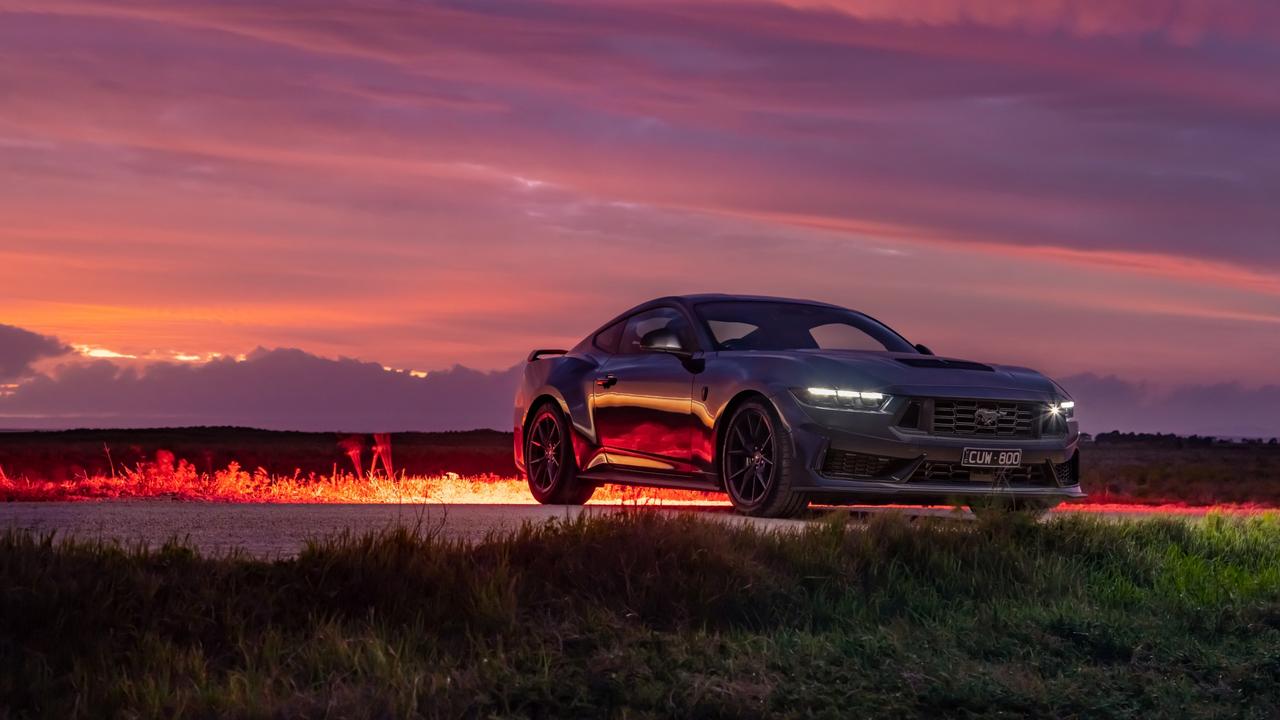
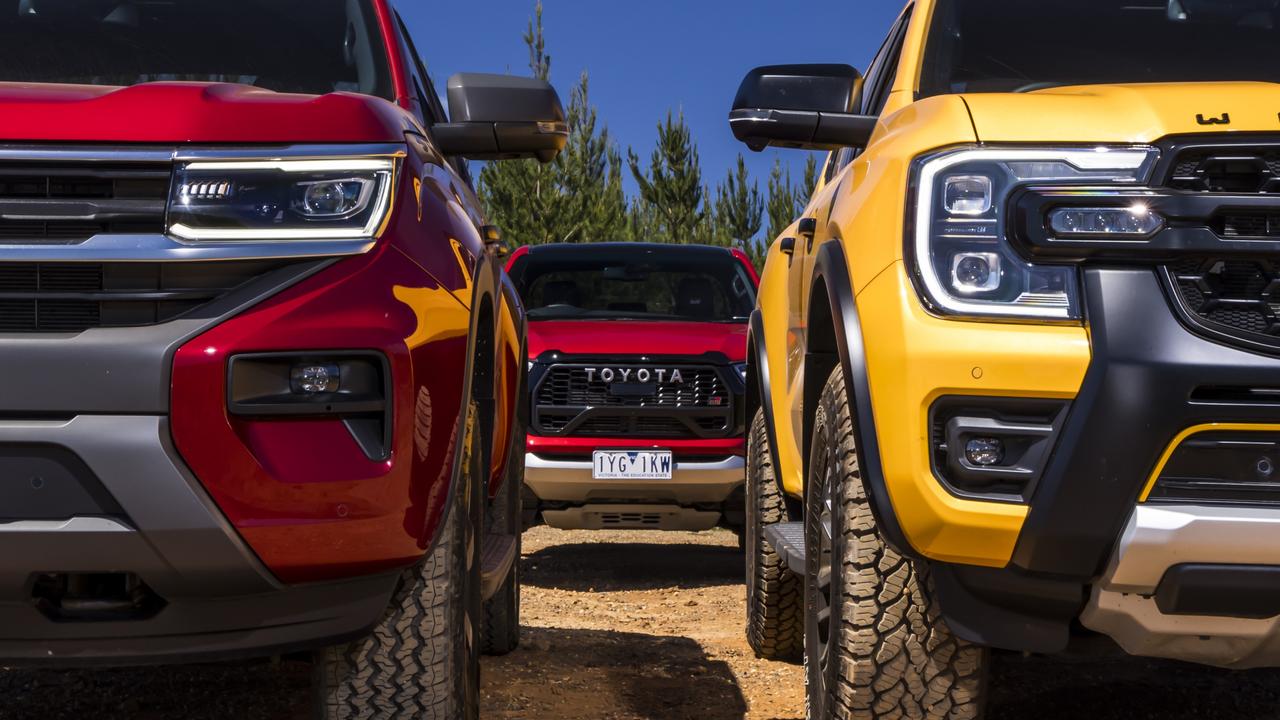
To join the conversation, please log in. Don't have an account? Register
Join the conversation, you are commenting as Logout